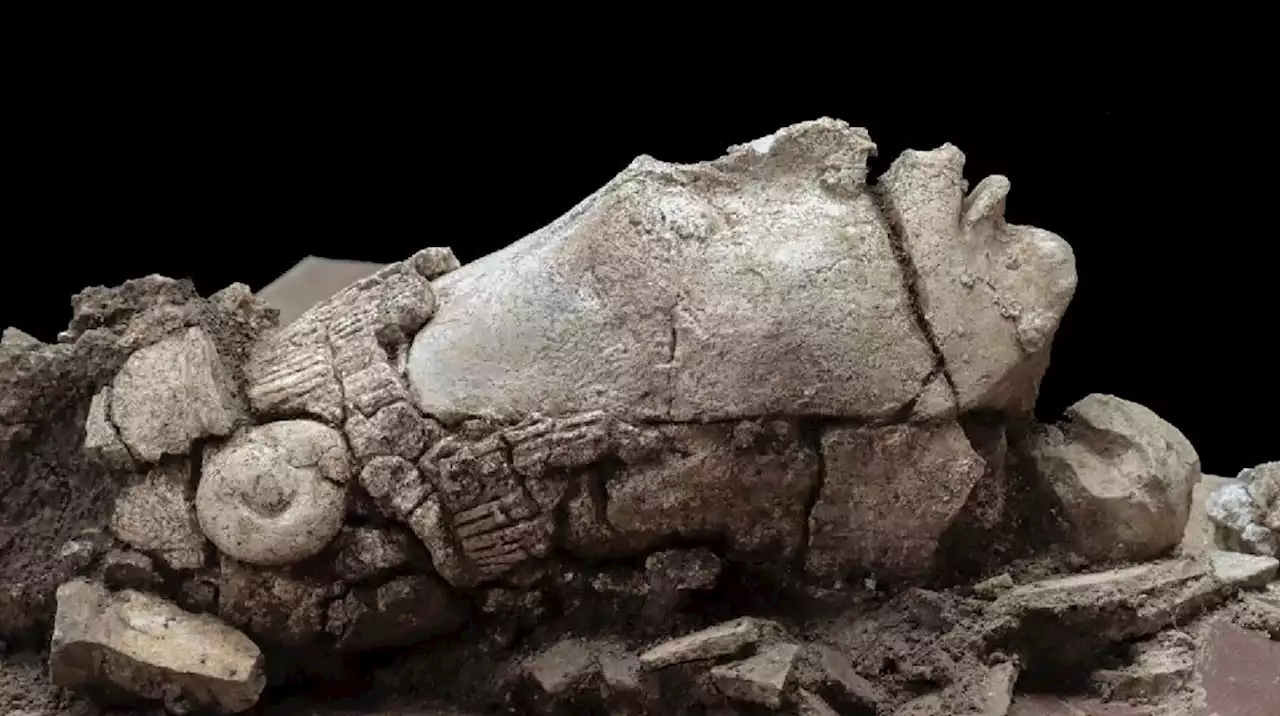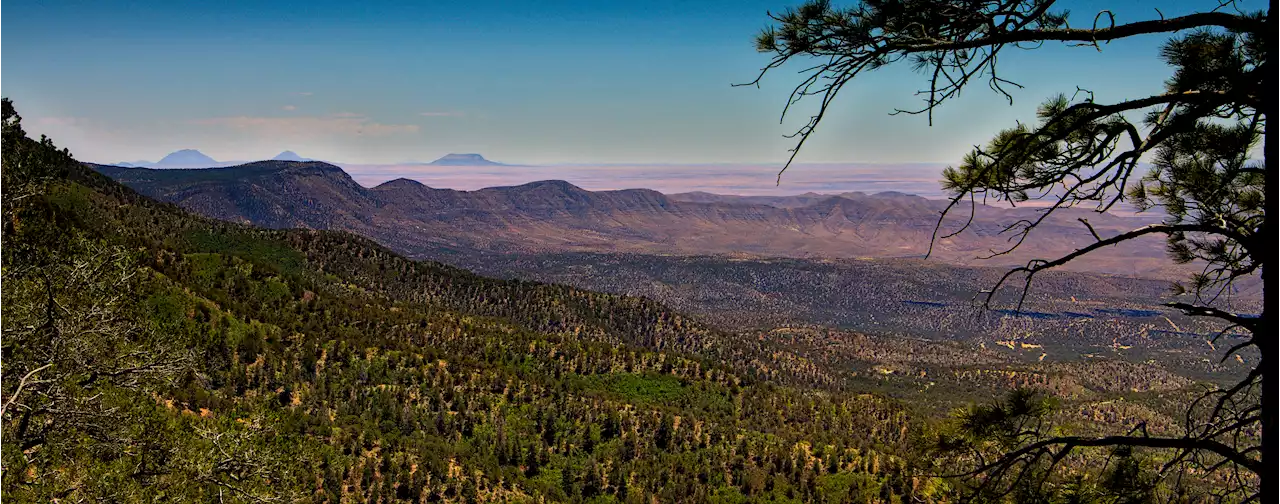The historic Maya oriented their lives by the heavens. Today, their descendants and Western scholars team up to understand their sophisticated astronomy. LongReads
—As the Sun climbs over a hillside ceremony, Ixquik Poz Salanic invokes a day in the sacred calendar: , a day for seeking justice. Before she passes the microphone to the next speaker, she counts to 13 in K’iche’, an Indigenous Maya language with more than 1 million present-day speakers in Guatemala’s central highlands. A few dozen onlookers nod along, from grandmothers in traditional dresses to visiting schoolchildren shifting politely in their seats.
In the 19th century, Western science belatedly began to comprehend the sophistication of Maya knowledge, recognizing that a table of dates in a rare, surviving Maya text tracked the movements of Venus in the 260-day calendar. That discovery—or rediscovery—set off a still-ongoing wave of research into Maya astronomy. Researchers scoured archaeological sites and sifted through Mayan script looking for references to the cosmos.
These were dates in the 260-day sacred cycle, Förstemann saw. And based on the intervals of time between the dates, the table had to be a guide to the motions of the planet Venus, which cycles through a 584-day, four-part dance in which it appears as the morning star, vanishes from the sky, reappears as the evening star, then vanishes once more.
Around this time, the early Maya also invented a yearlong solar calendar that would have been helpful for seasonal tasks such as planting corn. By 2000 years ago, they had begun to track a third calendar called the Long Count, a cumulative, ongoing record of days elapsed since the calendar’s putative zero date in 3114 B.C.E. This would have enabled Maya scribes to scan back through centuries of historical events on the ground and in the sky.
Christa Schieber de Lavarreda, the site’s archaeological director, points to a flat stone, considered an altar, found face-up just a few feet away, which archaeologists think was installed at the same time as the stela. Its surface is indented with delicate carvings of two bare feet, toe pads included, as if a person stood there and sank in a few centimeters. “Very ergonomic,” she jokes.
A stream of recent data supports the idea, Šprajc says. In 2021, he analyzed 71 such plazas scattered through Mexico, Guatemala, and Belize, measured either with surveying equipment on his own jungle forays or with lidar, a laser technology sensitive to the faint footprints of ruins now buried under forest and earth.
Clues like the Xultún mural point to a network of scholars serving in Classic Period royal courts, says David Stuart, an epigrapher at the University of Texas, Austin, involved with the Xultún excavations. These specialists tracked celestial events and ritual calendars, communicating across cities and generating what must have been reams of now-vanished paper calculations.
The table traces how Venus oscillates through its morning star-evening star routine almost exactly five times in 8 years, alongside illustrations that depict meetings between Venus in deity form and other godlike figures. Armed with this table, Vail says, a forerunner of today’s daykeepers could anticipate on what dates in the 260-day calendar such appearances might fall, and what omens they might hold.
Their astronomical knowledge lingers, too, especially folklore and stories with agricultural or ecological import that have been assembled over lifetimes of systematic observation. When anthropologists visited Maya communities in the 20th century, for example, they found the 260-day calendar and elements of the solar calendar still cycling, and experts who could divine the time of night by watching the stars spin overhead.
“Instead of feeling that we were behind what’s going on in other areas of the world, we felt that we were contributing to a new concept,” say Tomás Barrientos, an archaeologist who hosted part of the meeting at the University of the Valley of Guatemala. . He thinks the deer constellation from the Paris Codex may be above the scorpion’s tail, in the constellation Western astronomers call Sagittarius.
Österreich Neuesten Nachrichten, Österreich Schlagzeilen
Similar News:Sie können auch ähnliche Nachrichten wie diese lesen, die wir aus anderen Nachrichtenquellen gesammelt haben.
 Ancient Maya Practice of Gluing Gemstones Onto Teeth May Have Been For More Than BlingThe ancient Maya once took enormous pride in their teeth. Long before Europeans were filling their cavities with gold, people in Mesoamerica were flashing grins bedazzled with jade, turquoise, gold, jet, or hematite gems.
Ancient Maya Practice of Gluing Gemstones Onto Teeth May Have Been For More Than BlingThe ancient Maya once took enormous pride in their teeth. Long before Europeans were filling their cavities with gold, people in Mesoamerica were flashing grins bedazzled with jade, turquoise, gold, jet, or hematite gems.
Weiterlesen »
 Ancient Mayan maize god sculpture found in MexicoArchaeologists have uncovered a roughly 1,300-year-old sculpture representing the head of a Mayan maize god in ruins in southeastern Mexico, the National Institute of Anthropology and History said.
Ancient Mayan maize god sculpture found in MexicoArchaeologists have uncovered a roughly 1,300-year-old sculpture representing the head of a Mayan maize god in ruins in southeastern Mexico, the National Institute of Anthropology and History said.
Weiterlesen »
 Ancient Maya Practice of Gluing Gemstones Onto Teeth May Have Been For More Than BlingThe ancient Maya once took enormous pride in their teeth. Long before Europeans were filling their cavities with gold, people in Mesoamerica were flashing grins bedazzled with jade, turquoise, gold, jet, or hematite gems.
Ancient Maya Practice of Gluing Gemstones Onto Teeth May Have Been For More Than BlingThe ancient Maya once took enormous pride in their teeth. Long before Europeans were filling their cavities with gold, people in Mesoamerica were flashing grins bedazzled with jade, turquoise, gold, jet, or hematite gems.
Weiterlesen »
 Scientists May Have Found a Way to Inject Oxygen Into The Bloodstream IntravenouslyThere are many illnesses and injuries, including COVID-19, where the body struggles to get the amount of oxygen into the lungs necessary for survival.
Scientists May Have Found a Way to Inject Oxygen Into The Bloodstream IntravenouslyThere are many illnesses and injuries, including COVID-19, where the body struggles to get the amount of oxygen into the lungs necessary for survival.
Weiterlesen »
 Prehistoric Catastrophe Can Help Us Find A North Star For Climate Peparedness (& Prevention)Getting people to realize that climate shifts killed off around half of the global population, and probably far more than half in the United States, could lead to people just not wanting to go through that kind of trouble at all.
Prehistoric Catastrophe Can Help Us Find A North Star For Climate Peparedness (& Prevention)Getting people to realize that climate shifts killed off around half of the global population, and probably far more than half in the United States, could lead to people just not wanting to go through that kind of trouble at all.
Weiterlesen »
 Giants Observations: Jarlin Garcia's Rough Outing Helps Phillies Avoid SweepJarlin Garcia had his first rough outing in Wednesday night's loss to the Phillies.
Giants Observations: Jarlin Garcia's Rough Outing Helps Phillies Avoid SweepJarlin Garcia had his first rough outing in Wednesday night's loss to the Phillies.
Weiterlesen »